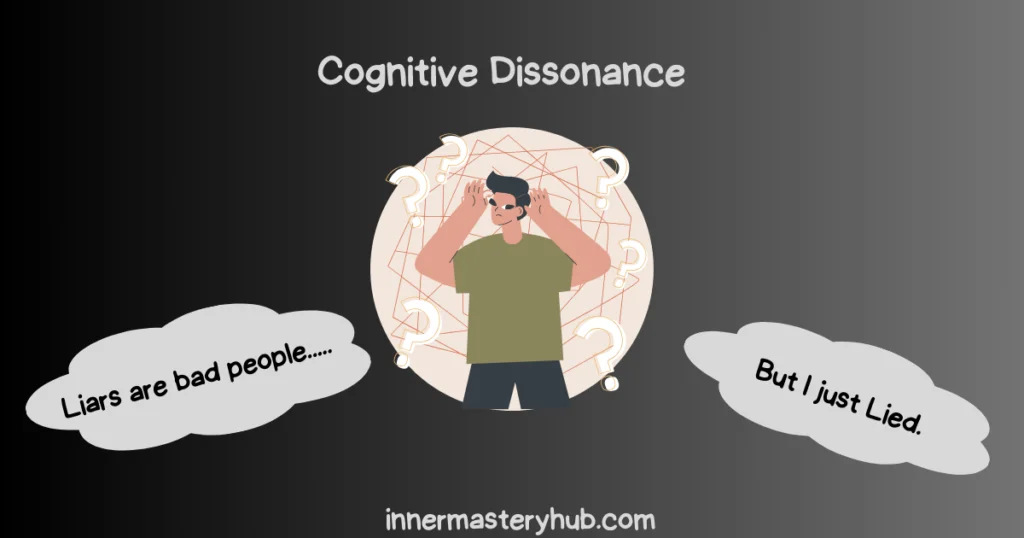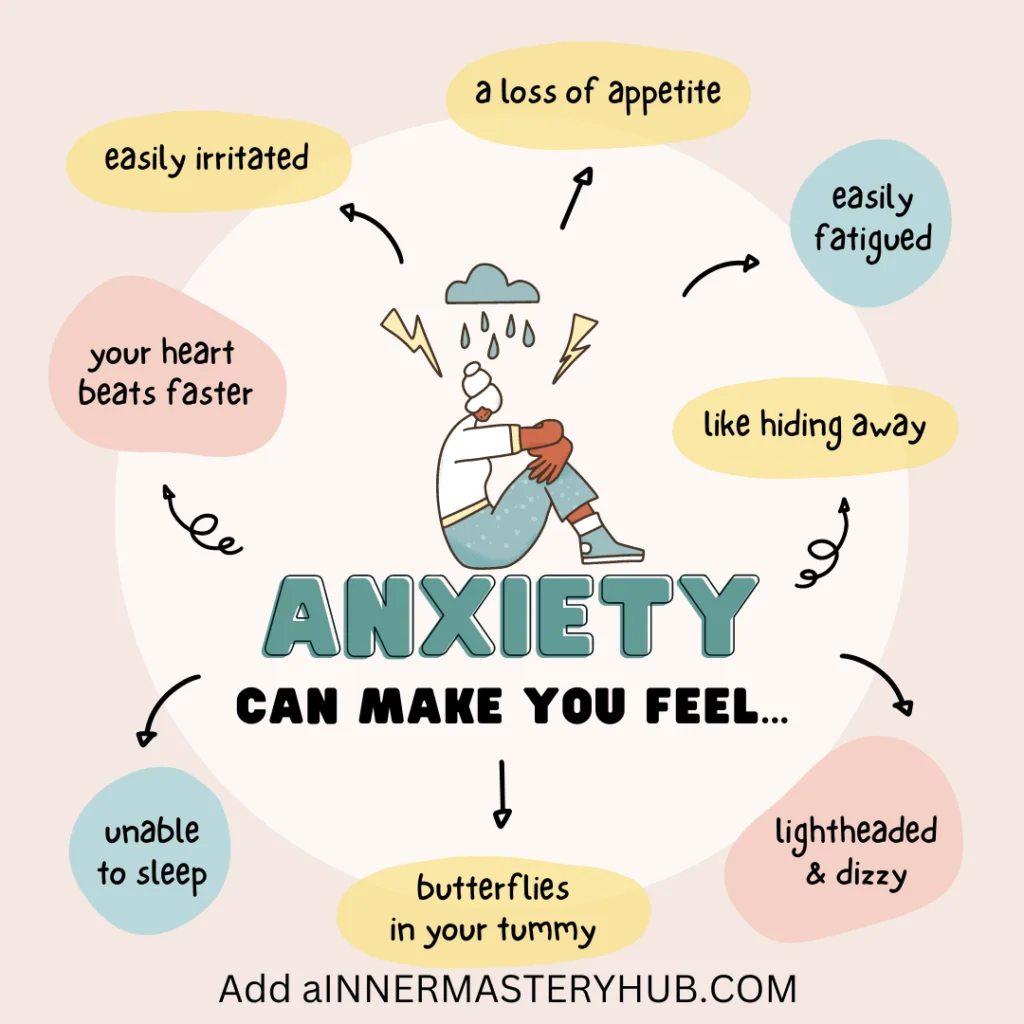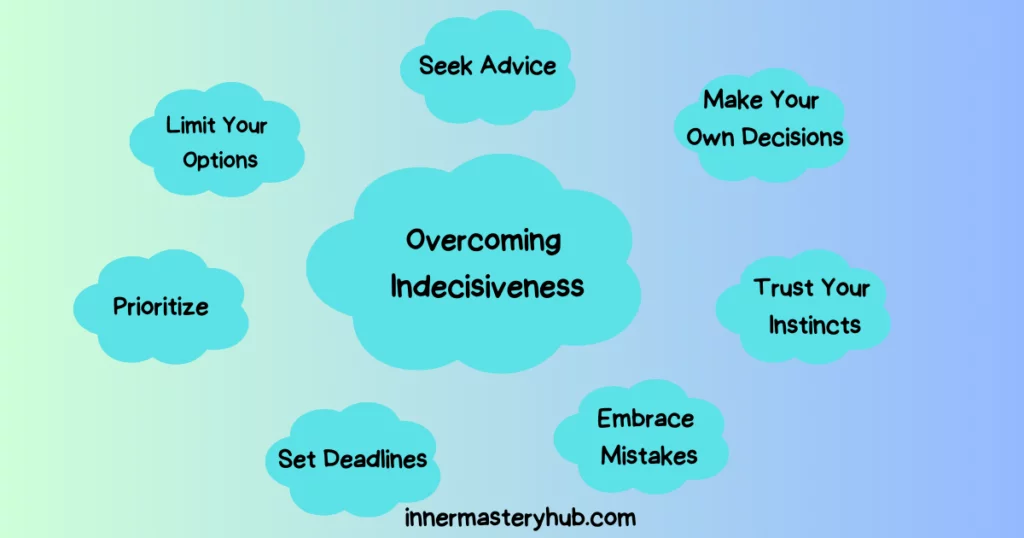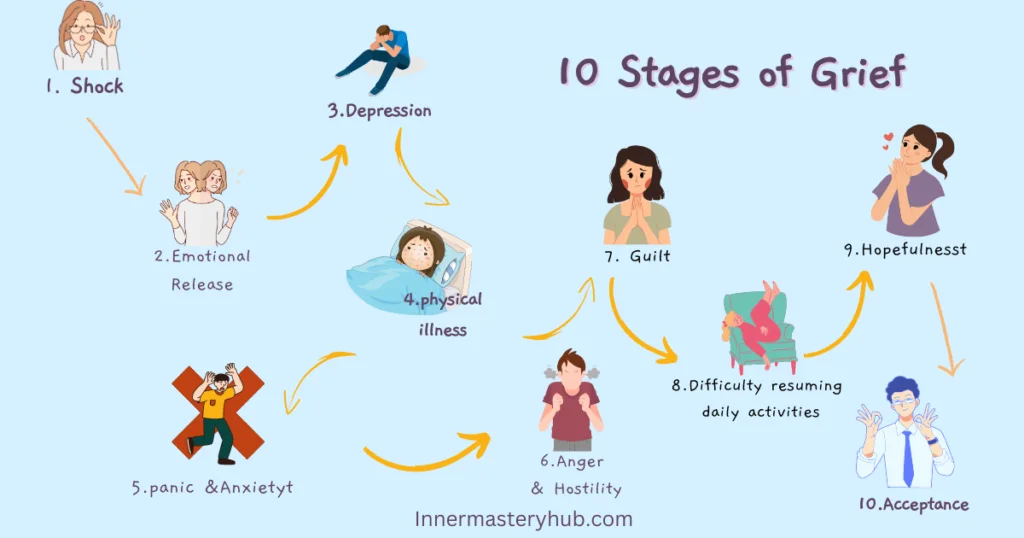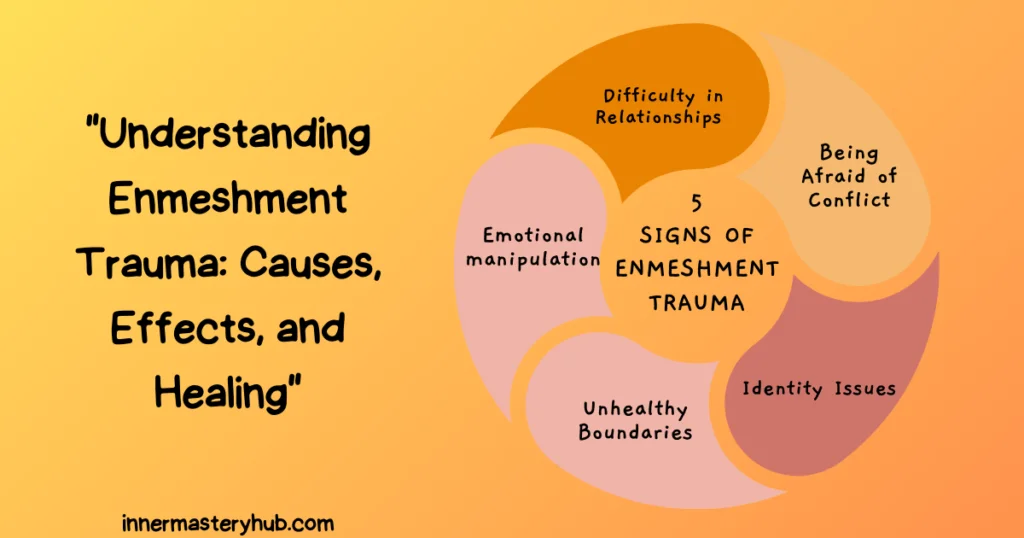
A dysfunctional family dynamic is referred to as “family enmeshment” when there is an excessively high degree of emotional attachment and dependence among family members. Enmeshed families are often overly involved in one another’s lives and lack personal space and individual autonomy.
This can appear as a lack of privacy, emotional manipulation, or the inability to differentiate one’s thoughts and emotions from those of other family members. Packages for family holidays
Enmeshment can be very difficult for a person’s growth. It can result in problems, including having a poor sense of oneself, having trouble forging healthy relationships outside of the family and feeling emotionally suffocated. This post aims to shed light on family enmeshment and how families might identify or overcome it.
Table of Contents
What is Enmeshment Trauma?
Enmeshment trauma is a childhood emotional trauma that occurs when a child’s emotional needs are not met, and they are instead expected to meet the emotional needs of their parents or caregivers. This can happen in several ways, such as when:
- Emotionally parentification is the expectation that a child would meet the emotional needs of their parents.
- A child is employed as a confidant for the adult issues of their parents.
- It is assumed that a child will only have close interactions with their parents and be their greatest friend.
- It discourages a youngster from forming their individuality and hobbies.
- A child’s autonomy and development may be sacrificed to satisfy a parent’s emotional needs. This can show itself as emotional manipulation, a lack of privacy, or trouble separating one’s ideas and feelings from those of other family members.
Over time, enmeshment trauma can lead to challenges in forming healthy relationships outside the family and hinder individual development. Therapy and self-awareness are crucial for addressing enmeshment trauma, helping individuals regain their sense of self, and establishing healthier boundaries within their family and personal relationships.
Signs of Enmeshment Trauma
Here are some signs:
- Blurred personal boundaries within the family.
- Excessive emotional dependence on family members.
- A lack of personal autonomy and self-identity.
- Emotional manipulation and control.
- Inability to express individual thoughts and feelings.
- Limited personal privacy and space.
Why Does Enmeshment Happen?
As a result of these unsolved disputes, family members may seek solace from one another, strengthening their emotional ties in the process. Additionally, societal and cultural variables may be involved. Collectivism and familial unity are highly valued in some cultures, which might hinder individual liberty and encourage entanglement as the standard.
Another entanglement-causing factor is role reversal within the family, when parents may depend on their kids for emotional support, leading to kids assuming adult roles and responsibilities too soon. Entanglement can worsen when people become too reliant on family members for their emotional health due to a lack of other emotional support systems.
RELATED: Childhood Emotional Neglect: Definition, Signs, Effects, & How to Heal
Impact of Enmeshment Trauma
Enmeshment trauma can have profound and lasting impacts on individuals’ lives, affecting their mental well-being and relational ties. One of the key impacts of enmeshment is
Unhealthy Boundaries
When setting and upholding boundaries in relationships, enmeshment causes seriously entangled identities. People who have no boundaries find it challenging to express their own needs and wants, with a tendency to allow others to cross their boundaries or unable to establish a healthy sense of personal space and assertiveness due to the family dynamic’s history of muddled boundaries.
As a result, they could have persistent issues in various relationships as they struggle with the intricate problem of creating boundaries that they learned from their intertwined familial background.
Identity Issues
Traumatic enmeshing frequently causes a severe absence of self-identity. People who have been entangled frequently find it difficult to comprehend their own needs, principles, and convictions apart from the demands and expectations of family members. Their sense of self is weakened since their identity is entangled with the roles they have played within the family dynamic.
Due to their persistent need for external validation and acceptance to make up for an internal sense of emptiness and confusion, people who lack self-identity may find it difficult to make independent life decisions, assert their needs, and build healthy relationships.
Emotional manipulation
A prominent outcome of enmeshment trauma is frequent emotional manipulation. Emotional manipulation is used in entwined families to maintain unhealthful emotional ties.
It can be challenging for people to set up their boundaries and state their requirements due to manipulation, which may use techniques like emotional blackmail, guilt-tripping, or the continual seeking of approval.
Feelings of helplessness and mental discomfort might result from the constant battle to preserve familial unity. As a result, those impacted may find it difficult to communicate their feelings, put their needs first, or make their own decisions, which feeds the cycle of enmeshment and emotional manipulation.
Difficulty in Relationships
Traumatic enmeshing frequently makes it difficult to establish and maintain healthy relationships. Due to a history of chaotic boundaries and emotional manipulation within the family, those affected by enmeshment frequently struggle with co-dependency, jealousy, and trust issues. This may lead to excessive reliance on other people for emotional reassurance, a fear of abandonment, and trouble expressing one’s needs.
These relationship issues can go beyond the family setting, making it difficult for people to have healthy, rewarding relationships with others as they carry emotional baggage and ingrained family patterns.
Being Afraid of Conflict
People who have experienced enmeshment trauma frequently develop a severe fear of conflict. They learned to avoid conflict at all costs since they were raised in families where harmony was valued over individual expression. Because of their fear of disagreement, people may tend to repress their wants and ideas to keep relationships amicable.
When confronted with arguments, individuals may experience discomfort or anguish and often jeopardize their health to avoid confrontation. This avoidance may have a detrimental influence on their emotional health and the efficacy of their connections with others since it prevents them from standing up for themselves, communicating effectively, and handling interpersonal conflict.
RELATED: 9 Powerful Steps to Achieve Profound Transformation During a Soul-Crushing Life Crisis
Types of Family Enmeshments
Family enmeshment can manifest in various forms, each with its dynamics and characteristics. Some common types of family enmeshments include:
Parent-Child Enmeshment
One or both parents may become overly emotionally reliant on their child, treating them more like a confidant or partner than a child. This is the most common kind. The child may then take on an excessive amount of responsibility for the parent’s emotional needs, which could result in a role reversal and neglect of their growth.
Sibling Enmeshment
Siblings in some families may become entangled, especially if there is a large age difference or a common trauma. Emotional dependence, too-close relationships, or a lack of independence may arise from this.
Multi-Generational Enmeshment
Generational entanglement can occur when parents, grandparents, and kids have a close relationship with one another. A never-ending cycle of emotional dependence and hazy boundaries may result from this.
Marital Enmeshment
Occasionally, a couple may become so emotionally intertwined that they lose sight of who they are and become unduly reliant. The relationship may suffer, and personal development may be impeded.
Extended Family Enmeshment
Extensive family networks can also become entangled, with aunts, uncles, cousins, and in-laws being overly involved in one another’s lives, frequently at the expense of personal autonomy and boundaries.
Cultural or Religious Enmeshment
In some religious or cultural situations, family unity and group decision-making may be highly valued. As a result of the demands of the family or community taking precedence over individual autonomy, entanglement may result.
It is crucial to remember that enmeshment can occur in different ways and with varying degrees of severity. Determining and resolving the particular kind of entanglement is essential to the healing process because it allows for the customization of suitable tactics for creating more wholesome boundaries and attaining personal development in the family setting.
7 Ways to Heal from Enmeshment Trauma
Here are some tips to heal from enmeshment trauma:
Educate yourself about enmeshment and its effects.
Healing from enmeshment trauma begins with educating oneself about enmeshment and its effects. Those who comprehend the mechanics and effects of enmeshment are better able to make sense of their experiences and feel validated.
It can empower by giving the information needed to escape harmful habits. Gaining knowledge of effective communication, healthy relationships, and emotional intelligence gives people the skills they need to handle social situations in the future with awareness and assurance.
Seek professional help
Seeking professional assistance, such as therapy or counseling, is essential while coping with enmeshment trauma. Setting boundaries, resolving the emotional difficulties that result from entanglement, and offering support are all things that a qualified therapist may offer. For processing and recuperation, they provide a secure environment.
RELATED: Why People With PTSD Use Emotional Avoidance to Cope
Set boundaries
Establishing limits is essential to recovering from entanglement trauma. People can safeguard their emotional health and independence by establishing and upholding personal boundaries in relationships.
People can differentiate themselves from others, set up appropriate boundaries, and express their needs with the help of therapy and self-awareness. In order to escape emotional entanglement habits and establish more balanced, healthy relationships, this procedure is essential.
Develop your own identity.
Healing from enmeshment trauma depends on establishing one’s identity. It entails reestablishing one’s connection to one’s own values and beliefs, pursuing interests, and discovering oneself. This method enables people to recover their sense of self and detach their identity from the emotional dependencies of entanglement. Self-reflection, therapy, and participation in activities that promote independence and personal development can all help with self-identity work.
Be patient
Healing from enmeshment trauma takes time and effort. Be patient with yourself and enjoy your progress along the journey.
Support Network
Establishing a robust support system is essential. Reliable family members, friends, or support groups can offer the understanding and emotional support required for recovery. These relationships provide a secure setting where people can exchange stories and get support.
Along with providing the support required for personal development and healing from the impacts of enmeshment trauma, they can also be extremely helpful in assisting people in establishing and upholding sound boundaries.
Forgive and Let Go
It is necessary to let go of grudges toward individuals who caused the trauma in order to forgive and let go. It’s a crucial stage in personal healing since it releases people from the emotional burden of the past and enables them to concentrate on their development and wellbeing.
Therapeutic Approaches to Treat Enmeshment Trauma
- Individual therapy, including talk therapy or cognitive-behavioral therapy.
- Family therapy to address enmeshment dynamics collectively.
- EMDR (Eye Movement Desensitization and Reprocessing) for trauma processing.
- Mindfulness and relaxation techniques to manage emotional dysregulation.
- Support groups to share experiences and coping strategies.
- Inner children work to heal past wounds.
- Expressive therapies like art or music therapy explore emotions.
Enmeshment Trauma Dynamics Between Cultures
Because cultural norms and beliefs impact family dynamics in different ways, enmeshment trauma can differ among cultures. The focus on family unity and interdependence in some collectivist cultures, such as Italy and Japan, may make entanglement worse because personal boundaries are frequently subordinated to the interests of the family or community.
RELATED: “Exploring the Complexities of Racial Ambiguity: Identity, Challenges, and Empowerment”
Alternatively, cultures with strong individualistic values in the US may have less enmeshment but could face different challenges related to emotional detachment. Understanding these cultural nuances is essential when addressing enmeshment trauma, as therapeutic approaches and strategies must be sensitive to the cultural context in which the trauma has occurred.
According to studies, while enmeshment is viewed negatively by European Americans regarding personal development, children and teenagers from South Korean families residing in the US can benefit from it.
Another study, also published in the Journal of Marriage and Family, discovered that while Italian adolescents, often seen to have a more collectivistic culture, were not affected by family enmeshment, adolescents in the UK were.
FAQS
Does enmeshment cause PTSD?
Enmeshment, a dysfunctional family dynamic with blurred boundaries, can lead to emotional distress and trauma. While it may not directly cause Post-Traumatic Stress Disorder (PTSD), it can contribute to developing PTSD symptoms, especially in situations involving severe emotional abuse or neglect.
What are the psychological effects of enmeshment?
Enmeshment can result in various psychological effects, including identity confusion, low self-esteem, difficulty establishing boundaries, and a sense of emotional suffocation. Individuals may struggle with independence, have challenges forming healthy relationships, and experience anxiety or depression due to the lack of autonomy within the enmeshed family system.
What does it mean to be emotionally enmeshed?
Being emotionally enmeshed means having extremely blurred boundaries with another person, often a family member. In such enmeshed relationships, individual identities and emotions are intertwined to an unhealthy extent, making it challenging to differentiate one’s feelings from the other person’s. This can lead to dependency, covert conflict, and a lack of personal autonomy.
What is the difference between trauma bonding and enmeshment?
Trauma bonding involves a strong, unhealthy emotional connection formed in response to shared traumatic experiences. Conversely, enmeshment is a dysfunctional family dynamic where boundaries are blurred, causing individuals to lose their identities. While trauma bonding arises from shared trauma, enmeshment typically results from unhealthy interpersonal relationships with overdependence and blurred boundaries.

